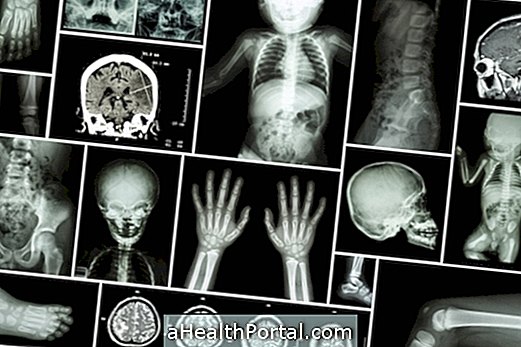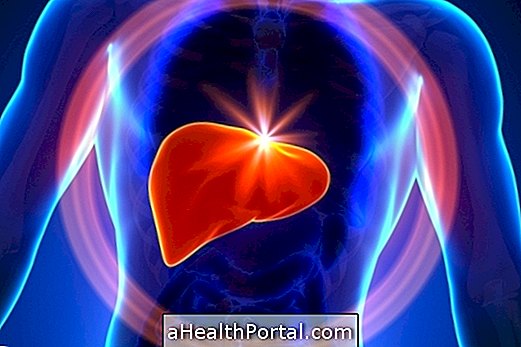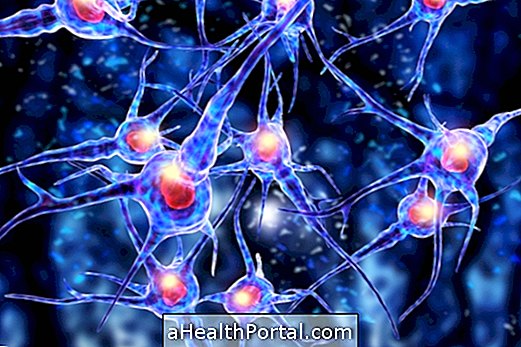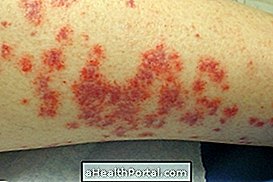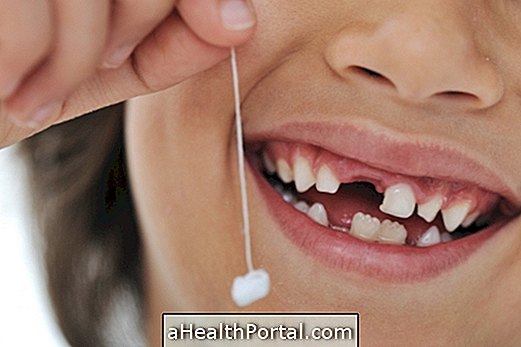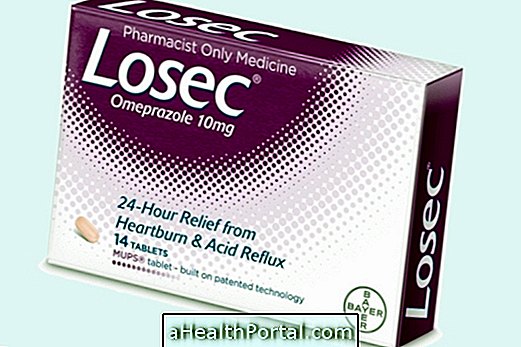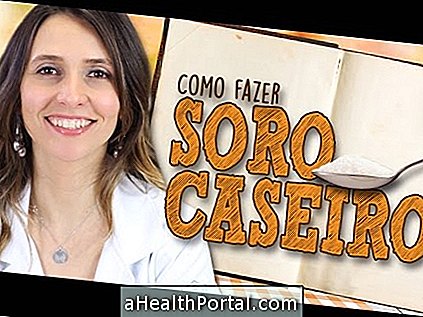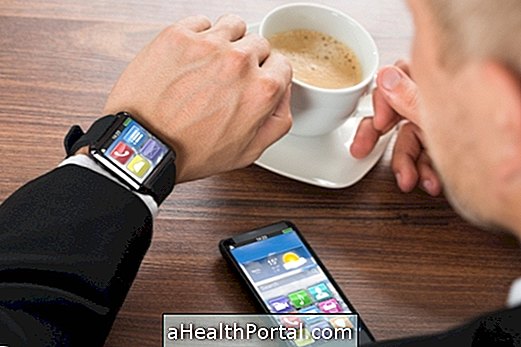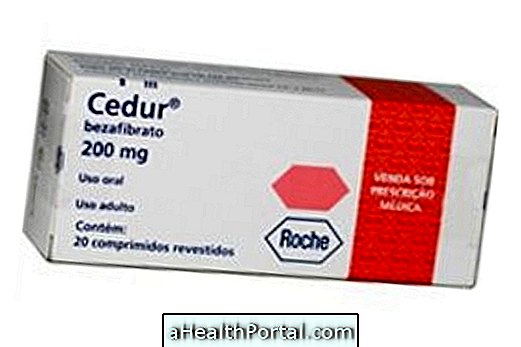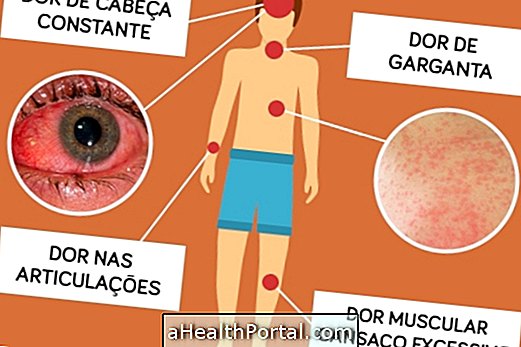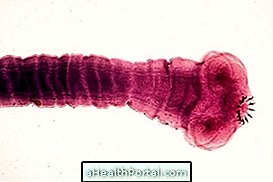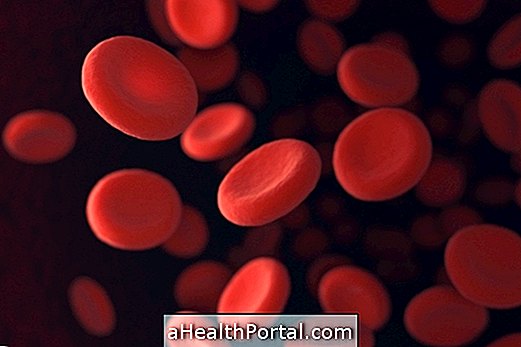Richieri-Costa Pereira syndrome is an extremely rare disease that arises due to genetic alterations in the chromosome 17 of some babies, leading to the development of anomalies in the face and larynx, as well as deformations in the feet and hands.
This disease was first identified in Brazil in 1992 at a USP Hospital, and to this day, only 20 children with this type of genetic mutation have been identified.
Although most malformations of this syndrome do not have cure, there are some forms of treatment that help reduce their impact on the child's health, improving their quality of life.
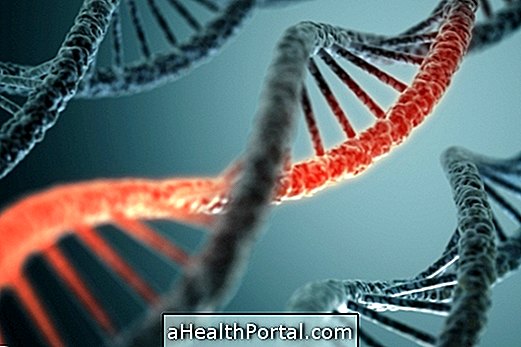
Main symptoms and characteristics
The most typical features of this disease is malformation of the mandible which, instead of being just a bone, is divided into two that do not come together, forming a cleft in the lower region of the mouth.
However, other characteristics may also arise, such as:
- Height less than normal;
- Lack of central lower teeth;
- Undeveloped hands;
- Bent or less than normal fingers;
- Mouth too small;
- Bent feet;
- Fallen ears.
Because of these changes, most children have difficulty breathing, eating and even communicating, as well as having a greater tendency to develop infections in the ears, larynx or mouth, for example.
What causes the syndrome
Richieri-Costa Pereira syndrome is caused by changes in the DNA of chromosome 17 and, although the factors that lead to these changes are not yet known, researchers can identify that about 17 of the 20 affected children seem to have families that derive from one same descendant.
In this way, this seems to be a disease related especially to people connected to this family, by some degree of kinship, even if far removed.
How is the treatment done?
The main form of treatment used in this disease is the use of surgery to try to correct malformations caused by the disease and allow the child to grow and develop with fewer obstacles.
In some cases, the child may also need to undergo surgeries to place temporary options while the malformations can not yet be treated, such as a better breathing tracheostomy or the introduction of a tube directly into the stomach to facilitate feeding, for example.
In addition, it is also recommended to have physiotherapy and occupational therapy sessions to accelerate recovery after each surgery and help the child adjust to their limitations so as to be as independent as possible in their daily activities.



